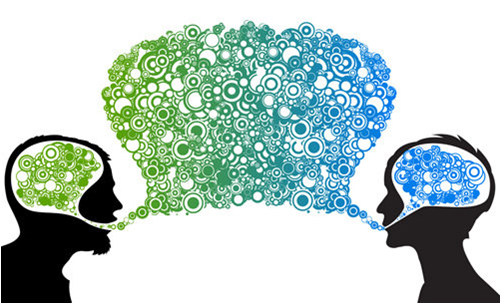Learning Communication at Health Center 3 by Emily Tran
When my mom fled Vietnam after the fall of Saigon, she was 16 years old. She spent three years in refugee camps across the Pacific before finally making it to California. Trauma and malnutrition had taken a toll on her health, and while some medical resources were available to help ease her transition to the US (translators and some doctors who spoke Vietnamese), others were much more difficult to find (people who could teach her how to navigate the American healthcare system).
Years later, when my grandparents had the opportunity to join my then-settled parents in America, they were lucky to move into an already thriving community of immigrants and other Vietnamese refugees. While there were more community and cultural resources to help my grandparents than there had been since my mom had arrived, it still fell on my family to tease out my grandparents’ mistrust of the American medical system and to translate between them and their doctors.
 Effective and considerate communication between languages and between cultures is vital--growing up in a household primarily rooted in a different language and culture taught me that much. But nothing has done more to reinforce this lesson than my experiences at Health Center 3 as an Insurance Specialist.
Effective and considerate communication between languages and between cultures is vital--growing up in a household primarily rooted in a different language and culture taught me that much. But nothing has done more to reinforce this lesson than my experiences at Health Center 3 as an Insurance Specialist.
At HC3, I work one-on-one with the health center’s primarily immigrant patient population to educate them about and enroll them in Medicaid, health insurance through the Marketplace, and other government benefits. If I do my job right, the patients I see leave my office with information about their (sometimes complicated) insurance plans and how they can use the (always complicated) healthcare system to get what they need for their health. Serving in this role has taught me invaluable communication skills, especially as I’ve been in situations where I don’t know a patient’s primary language. I’m continually learning how to effectively communicate using a translator, how to pick up on visual cues, and when to be flexible using different words and approaches to make sure patients are getting the information they need.
Communication is connection, and in healthcare settings it always needs to happen thoughtfully and clearly for patients to get the care they need.